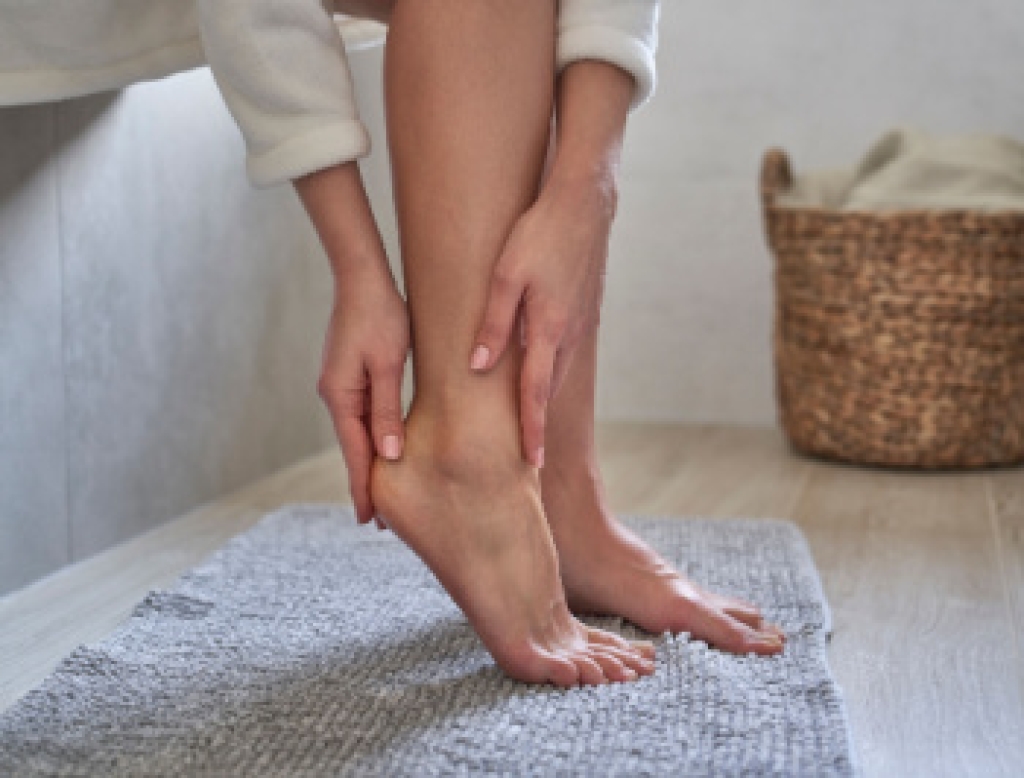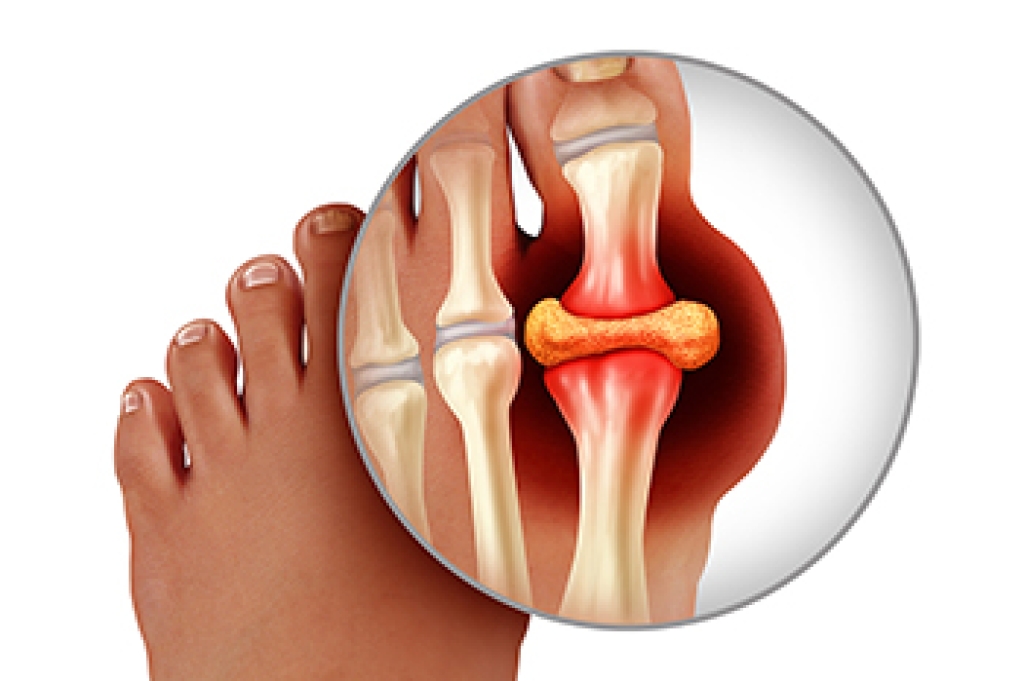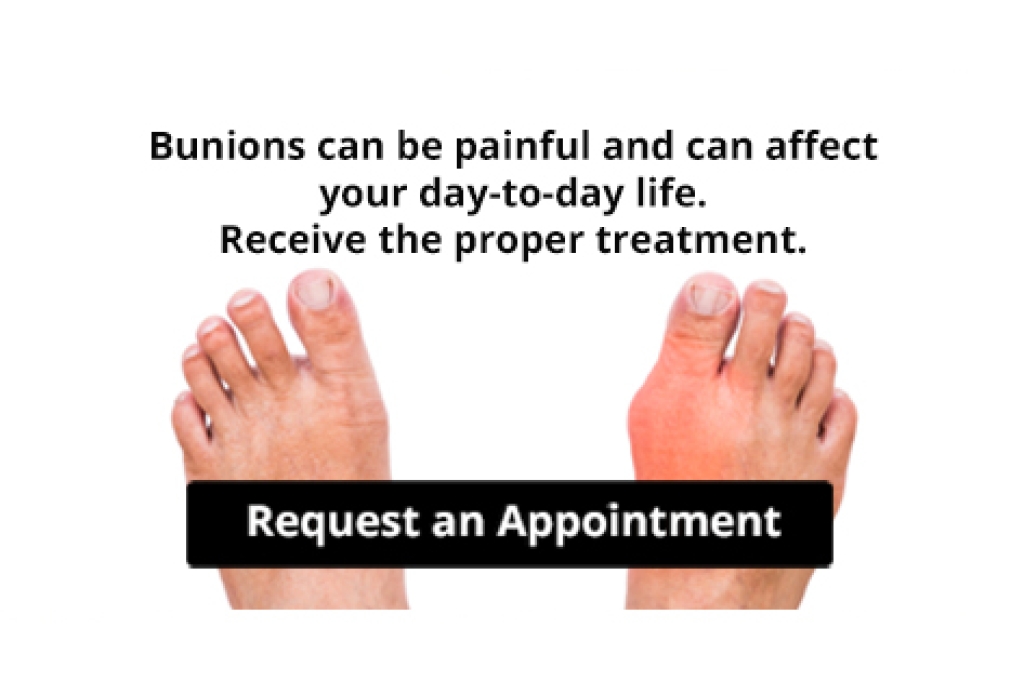
A podiatrist is a medical professional who specializes in the health of the feet and ankles. This expertise allows them to diagnose and treat a wide range of conditions such as heel pain, diabetic foot concerns, tendon injuries, and structural problems that affect balance and movement. Podiatrists play an important role in early identification of foot and ankle problems, which can prevent minor issues from becoming more serious. They provide guidance on proper footwear, offer treatment plans tailored to individual needs, and support overall mobility and comfort. If you have foot or ankle discomfort or want to protect your long-term foot health, it is suggested that you visit a podiatrist who can offer effective relief and treatment solutions.
If you are dealing with pain in your feet and ankles, you may want to seek help from a podiatrist. Feel free to contact one of our podiatrists from Lexington Foot and Ankle Center, PSC. Our doctors can provide the care you need to keep you pain-free and on your feet.
What Is a Podiatrist?
A podiatrist is a doctor of podiatric medicine who diagnoses and treats conditions of the foot, ankle, and related structures of the leg. Your podiatrist may specialize in a certain field such as sports medicine, wound care, pediatrics, and diabetic care. Podiatrists have the ability to become board certified through training, clinical experience, and then taking an exam.
What Do Podiatrists Do?
On a daily basis, a podiatrist may perform the following activities:
- Diagnose foot ailments such as ulcers, tumors, fractures, etc.
- Use innovative methods to treat conditions
- Use corrective orthotics, casts, and strappings to correct deformities
- Correct walking patterns and balance
- Provide individual consultations to patients
It is very important that you take care of your feet. It’s easy to take having healthy feet for granted, however foot problems tend to be among the most common health conditions. Podiatrists can help diagnose and treat a variety of feet related conditions, so it is crucial that you visit one if you need assistance.
If you have any questions, please feel free to contact our offices located in Harrodsburg, Frankfort, Georgetown, and Lexington, KY . We offer the newest diagnostic and treatment technologies for all your foot care needs.



